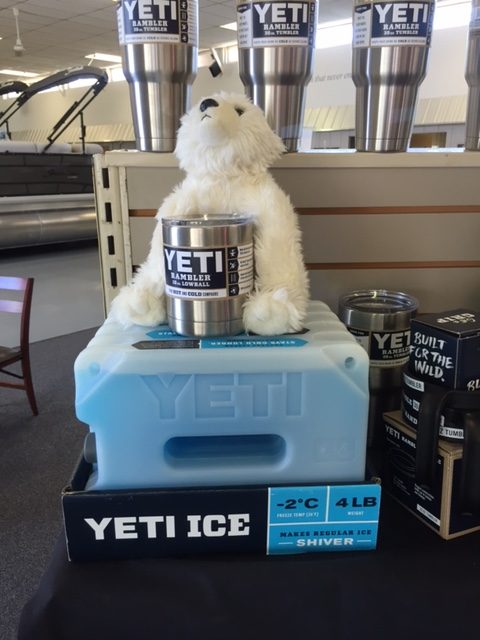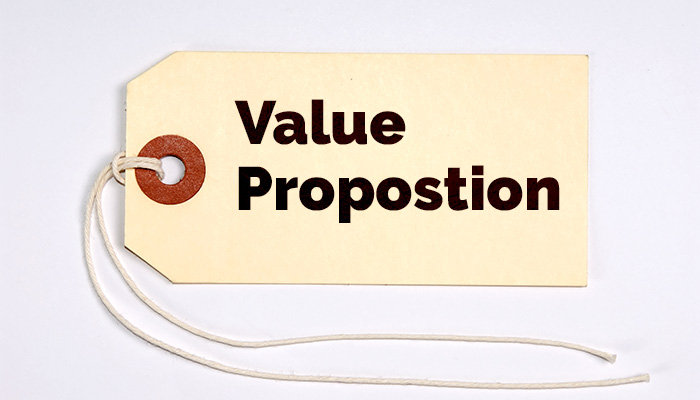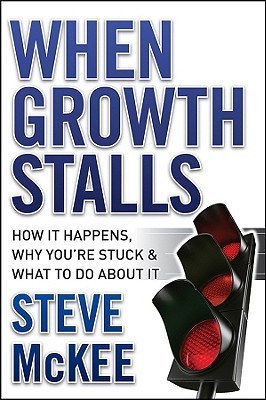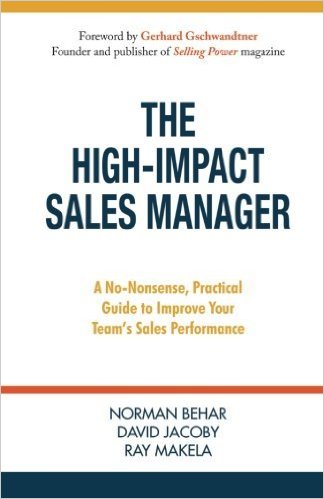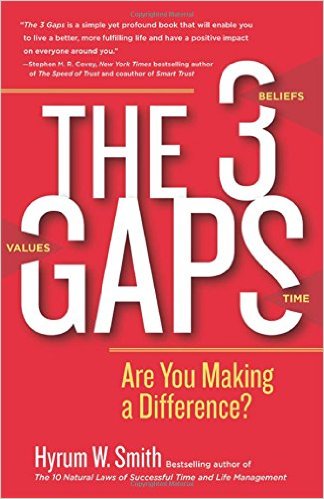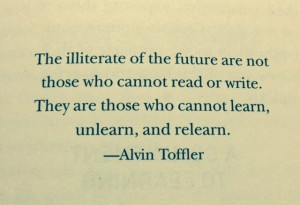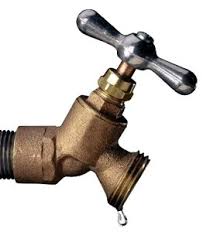In my last post I shared how critical a value proposition that connects with your buyers is in today’s climate. Every industry seems to be undergoing some kind of a change. Market leaders are agile and they identify those changes quickly and they adapt.
What kinds of changes can impact your value proposition?
- Your business was bought or you bought a new business ( buyers will fear the unknown, and your competitors will feed that fear)
- Environmental regulations
- New Laws and or regulations
- New competitor enters the market
- Technology change- think the impact the internet of things is having on your customers and markets
- New innovative solution enters the market
- Market consolidation
- Major market shift like the impact the low oil cost is having on everything from fracking, trucking, truck building, and all the other trickle down businesses that are touched by oil and gas.
I have a list on a post I did about what causes growth to stall and you can review them here.
Market leading teams quickly identify changes, shifts in their markets and adapt their value propositions to what is important for their customers.
One thing we can count on is change. As you are reading this I would like you to think about the changes you have seen in the last year, last 3 years, and perhaps the last 5 years.
What changes to you expect next year?
If your team is like most, you have products you launched; services you introduced and your salespeople are diligently presenting those products and services as they were taught to do. Trouble arises when your salesperson uses a dated value proposition.
This is a problem for two reasons…
First it shows your salesperson and your company do not understand the market of today. This is something your buyer will feel and instantly doubt their ability to trust your team.
Secondly, and even more costly is when your sales team uses a dated value proposition, it will negatively impact future sales. Again, look at it from a buyer’s point of view. You have some salesperson in pitching a solution to a problem you no longer have. If they would have just read your website and or one of your brochures in the lobby they would have known more about your company. If they would have started the meeting asking questions instead of showing up and throwing up you could have helped them understand your current problems.The buyer will create a perception about the sales representative and your company based on this experience and it will hurt your ability to serve this customer in the future.
How do you know if your salespeople are using a dated value proposition?
The first step is to identify the changes buyers in the markets you serve have experienced since your sales team was trained, your web site was launched and your sales brochures were developed.
Second, I ask your VP of sales and or VP of Marketing to travel with salespeople and visit at least 10 of your current large accounts, call on at least 5 of the accounts you want to add and 2 you have lost. These four-legged sales calls as I refer to them are critical in identifying how your buyers buy today, the criteria they are using, and the problems they are solving today. While your salesperson is selling, you are asking questions like:
How is your business doing today?
Have you seen any significant changes that have impacted your business, how you are buying, your role?
I understand you buy some products from our competitors? That is not surprising, …what do you find they do very well?
If you were running our company ___________ what would you do to grow sales with your company and other companies like yours?
We are thankful for your business. If someone called you on the phone and asked: Why do you buy from ______________ what would you say?
(For customers you have not sold yet, or lost)
We would like to earn your business. If someone were to call you today and ask: Why don’t you buy from ___________ what would you say?
I am sure there are lists of customer questions you can ask, and you should have some very specific questions that illustrate your current market knowledge.
A couple of quick rules when doing this kind of a value proposition audit:
- Ask and listen, do not try to defend or sell through any issues identified. This is the quickest way to end a conversation.
- Do not have your salespeople ask these questions and report to you. You need to hear the information first hand. Besides, you need your team selling.
- Do not do this process in a survey. Why? The most valuable part of this process is capturing the current market problems your buyers are having in their voice. A survey will not do this.
Once you have current market data you need to ask yourself one key question…
Based on what we heard from our customers, customers we lost and prospects we want to be customers, does the value proposition and tools we give our sales team match what our buyers told us?
In most cases what I have personally observed is the value proposition sales teams are using is dated and needs some tweaking to reconnect. Those seemingly little tweaks however will demonstrate you understand your markets and what is important to your buyers today. It will make your sales team stand out in a sea of other sales reps saying….
We are the best at….
We have the most….
We have been in business 70 years and….
We have the best quality in the industry…
We have the most innovative solutions…
You get the idea…
Instead, your salespeople will lead with questions that came out of your “value proposition audit” and they will stand out positively in your buyers minds.
Having served company Presidents for over 30 years I hear that voice saying…” I hear what you are saying Mark but this seems like it is a lot of work and will take a great deal of time…we have numbers to hit…” If that is a concern you are wrestling with let me assure you, this market work should only take 30-45 days and it will make your team more effective, efficient, and become a way your company will be distinctive in your market.
What happens if you don’t do a value proposition audit?
You will hope what your salespeople are saying is connecting with current and new customers. If what your salespeople are saying, your sales brochures discuss and worst of all your web site says is dated it created a breach of trust with your buyers.
My challenge is why risk it? If you feel traveling to your top accounts is too expensive visit your top 2 and call the rest.
If you are looking for some great content on creating your value proposition after your audit I recommend the following sites:
Useful Value Proposition Examples (and How to Create a Good One)
4 steps to building a compelling value proposition
How to write a value proposition that works
Three points to create a value proposition
How to wire a great value proposition
Words that get meetings
So how about your company?
When was the last time you updated your value proposition?
Do you feel comfortable sharing the impact that had on your sales?
Are you sure what your salespeople are saying is helping your business or hurting it now and into the future?
I promise you this value proposition audit is not difficult and can be completed in 30-45 days.
If it sounds expensive I want to challenge you…
How expensive is it to not be selling buyers you could be selling?
How expensive is your travel costs that do not produce new business?
What impact would a 20% increase in your sales close rate have on your bottom line?
The biggest challenge, if you are the leader of your company is hearing the voice of the customers in some cases. You must have a culture where your team is free to discuss things that may not be politically correct but can impact your business. The comments you are hearing are based on buyer perceptions today. If the value proposition you personally wrote 5 years ago is no longer resonating it is not about you! When you wrote it , it worked! Something changed. This exercise is not about you as a leader, your vision or capabilities. If you are a leader in your organization you have secured that position by making many good decisions over time. It is about positioning your products and services to win orders and growing your business profitably.
One last thought, assume you do a value proposition audit and find what your salespeople are saying does resonate with buyers. Great! If sales are not hitting your sales numbers you can now zero in on other areas where you can coach your team.




